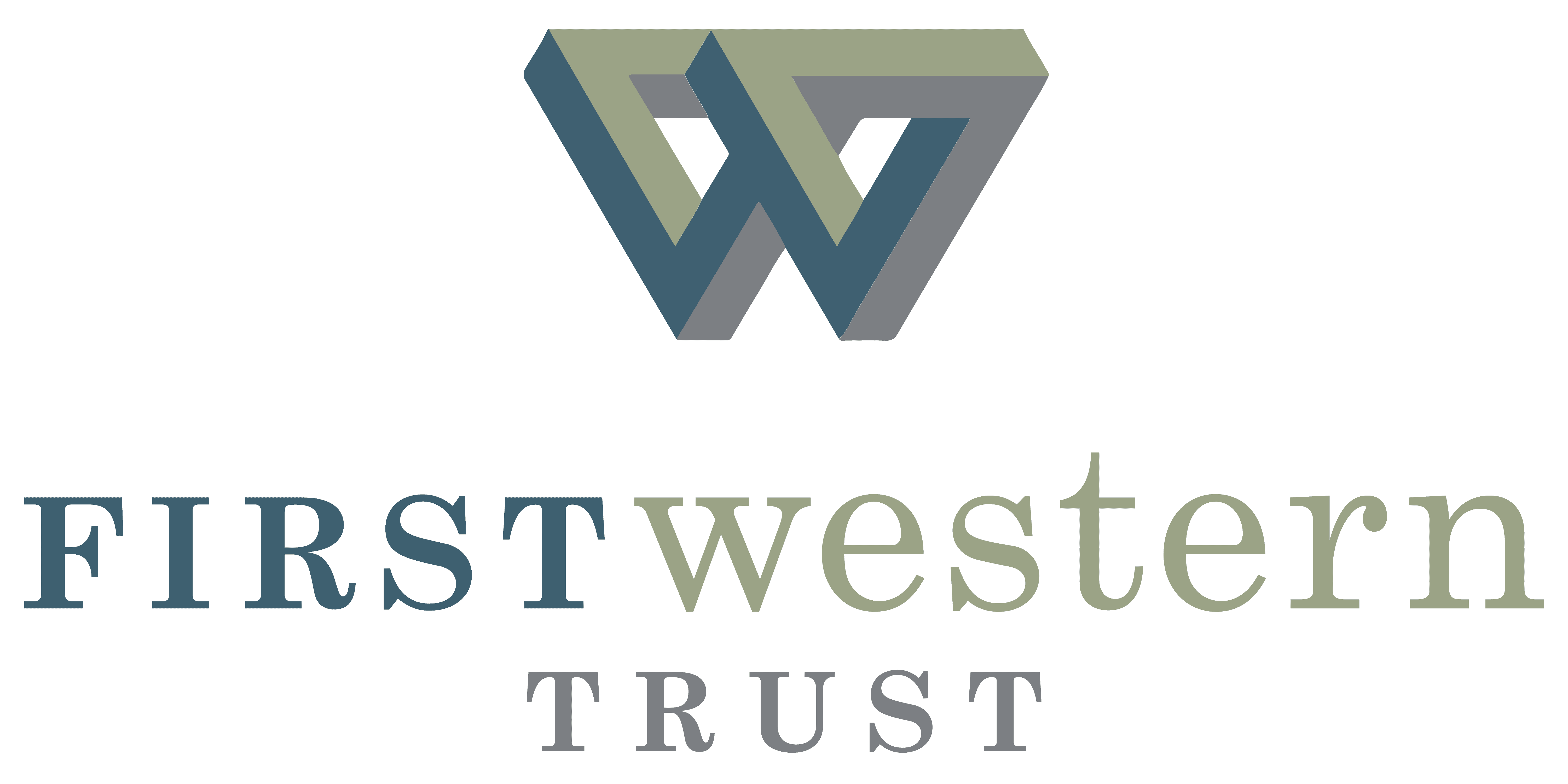
What Congress Gives, the Fed Takes Away
December 22, 2017
As 2017 comes to a close, market participants have few complaints. Both stock and bond prices have largely appreciated this year, some quite nicely. And these returns have been largely based on continued market health with consistent, albeit slow, general economic expansion. Both corporate earnings and national employment figures continue to signal an economy moving forward without much in the way of immediate worries. As it stands, 2018 should look like more of the same.
And then we turn to Washington. The US Congress recently passed a significant overhaul of US tax law that will have a wide-ranging impact on US business (and perhaps beyond). Justification and intended consequences aside, these changes will lower taxes on a broad swath of US companies, both public and private. And the resulting increase in bottom line earnings will support additional near-term growth, albeit at the possible expense of increased government borrowing levels.
Whether these earnings accrue to capital investment and wage increases or dividend increases and stock buybacks, the resulting cash-flow will drive economic activity next year. Of concern, however, is whether this activity is simply borrowing from future periods or will result in a meaningful extension of our current eight-year expansion.
It seems the Federal Reserve may think the latter, as they continued recently with a very well communicated increase in the discount rate and signaled more to come in the new year. On first blush, this could indicate a belief on Yellen & Co’s part that the stability of our economy is real, and such changes can be supported without the potential for negative consequences. Further, after such an extended period of historically low rates, such increases put the Fed on a path to “normalize” short-term rates. And, perhaps, with the fed funds rate in the 1.25%-1.50% range, the central bank may simply feel it is time to create some leverage in preparation for a future downturn.
But it could be their intent is less impartial passenger and much more deterministic. If history serves its purpose as a guidepost, we can surely reason that the business cycle is far from dead. And within this cycle the Federal Reserve surely serves a purpose in trying to control the extreme potential of such cycles (the last downturn notwithstanding). Three rate increases in 2017, with an equal number in 2018, and further guidance for continuation into 2019 might be indicative of a Fed reasserting itself as the governor on potential excess. And while there are no obvious asset bubbles to point to currently, managing the turns of an economy this large takes ample lead time.
The current interest rate cycle began in December 2015, off a base of 0.00%. The previous cycle began in June 2003, off a base of 1.00%, ultimately rising to 5.25% in June 2006. In short, we’ve been here before and, hopefully, learned from these experiences that the Federal Reserve’s general intent is to support when needed but also to slow expansions in anticipation of excessive growth. While it is likely early to recall the days of “Don’t fight the Fed,” investors should be mindful that we have at least reached an inflection point in the Fed’s policy intent.
For investors, if the Fed’s new direction continues as prescribed, the easy money has clearly been made and simply benefitting from broad index appreciation will likely not win the day. A return to disciplined investing will happen, as we’ve seen in the latter part of this year, and it will become critical that investors spend more time knowing what they own and why. Such is the lesson of every market cycle and this one will be no different.
If you have any questions about First Western’s investment services, contact Chief Investment Officer, John Sawyer, at John.Sawyer@myfw.com.
Newsletter Sign Up
Insights
Week in Review: November 28, 2025
Recap & Commentary Markets ended the holiday-shortened week higher, with the S&P 500 notching its best weekly return in six […]
Learn more
Week in Review: November 21, 2025
Recap & Commentary Markets ended a volatile week lower weighed down by continued concerns about elevated valuations, particularly among AI-related […]
Learn more
Strategic Tax Planning Under the Big Beautiful Bill
The new Big Beautiful Bill reshapes how affluent individuals and business owners approach income, deductions, and wealth planning. Here’s how […]
Learn more
Week in Review: November 14, 2025
Recap & Commentary Markets ended the week effectively unchanged after a rally at the start of the week, fueled by […]
Learn more
November 2025 Market Commentary
October witnessed the start to the longest government shutdown on record, in which ~700,000 government workers were furloughed, a similar […]
Learn more




